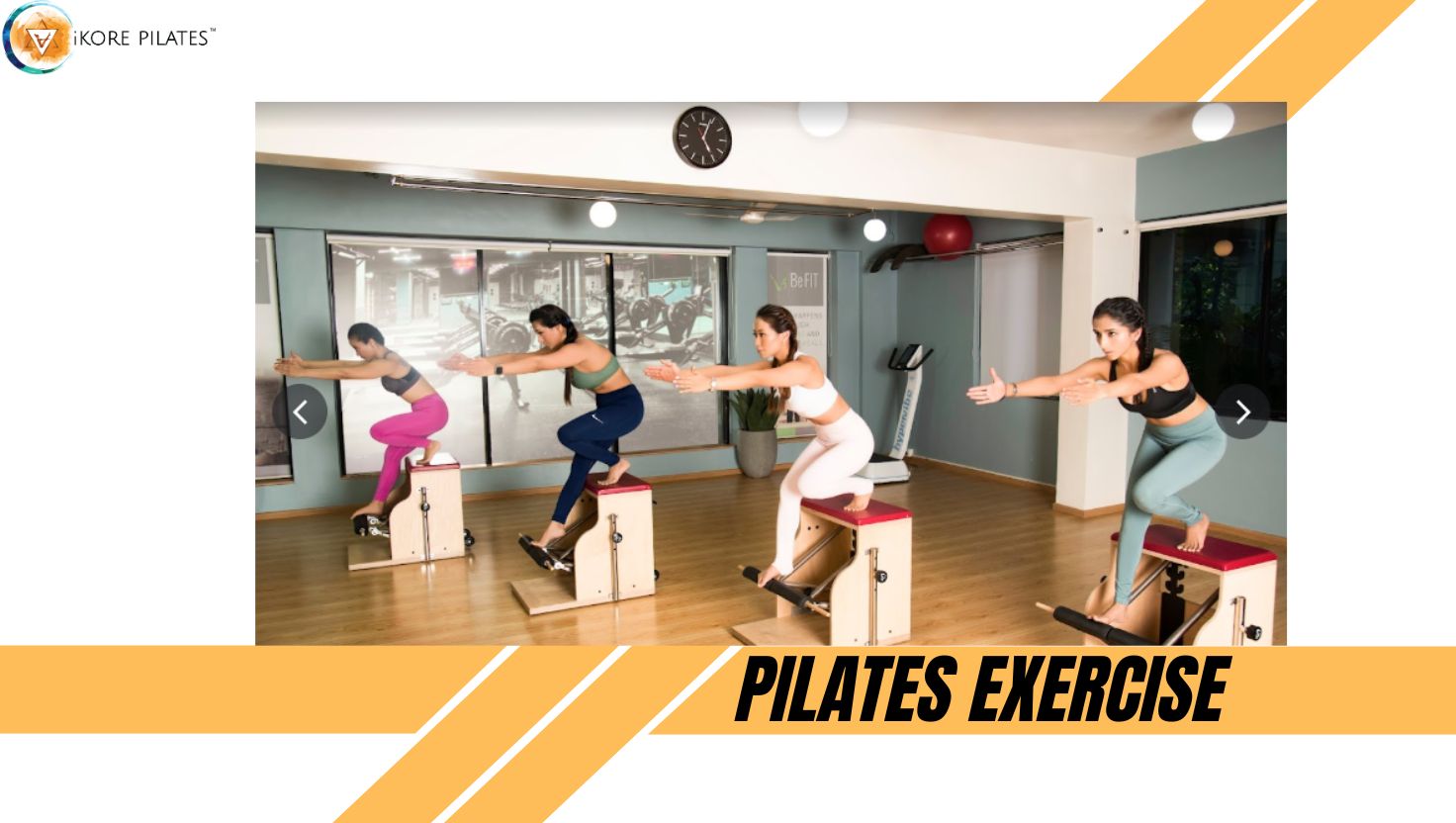In the bustling noise of fitness trends and high-intensity workouts, the quiet discipline of Pilates continues to stand its ground—not with explosive movements, but with controlled grace. At the heart of this powerful method lies a set of principles that go far beyond simple physical exercise. These Pilates principles balanced body—strong, flexible, aware, and aligned.
So, what makes Pilates a unique path to fitness, and how do its core principles contribute to cultivating a balanced body? Let’s dive in.
The Origins: Where Precision Meets Purpose
Pilates was developed in the early 20th century by Joseph Pilates, who believed that mental and physical health are interrelated. His method, originally called “Contrology,” was designed to strengthen the mind and body in harmony.
Though the method has evolved, its essence remains intact, preserved in six fundamental principles that serve as the bedrock of all Pilates movements:
-
Concentration
-
Control
-
Centering
-
Precision
-
Breath
-
Flow
These principles work together to produce not just lean muscles or improved posture, but a complete mind-body transformation.
1. Concentration: The Art of Mindful Movement
Every movement in Pilates demands your full attention. You’re not just going through the motions; you’re engaging your mind to direct your muscles. This mindfulness allows you to become deeply aware of your body’s alignment, symmetry, and movement patterns.
Imagine doing a simple leg lift. In Pilates, this becomes a thoughtful act—you engage your core, lengthen your spine, and breathe consciously. That shift in awareness is the first step toward balance.
“It’s not about doing more reps, it’s about doing them right.”
By cultivating concentration, Pilates turns exercise into a meditative, restorative experience.
2. Control: Quality Over Quantity
Joseph Pilates famously said, “Contrology is complete coordination of body, mind, and spirit.” That coordination is built on control.
This principle ensures every movement is intentional, eliminating sloppy, jerky motions that can lead to injury. You learn to activate the right muscles at the right time, creating a sense of muscular harmony.
When practiced correctly, even a basic exercise like “The Hundred” becomes a total body workout. Control reinforces discipline and promotes muscular balance, which is crucial for daily function and long-term wellness.
3. Centering: Power From the Core
Often called the “powerhouse”, the core is the center of all movement in Pilates. But it’s not just about six-pack abs. Pilates defines the core as the area between the lower ribs and pubic bone—your abdominals, lower back, pelvic floor, and hips.
When you move from your center, you build a body that is stable, strong, and symmetrical. Whether you’re reaching for a glass of water or sprinting on a track, a strong center ensures that your movements are supported and safe.
Think of your core as the trunk of a tree—when it’s strong and rooted, the limbs can move freely and flexibly.
4. Precision: The Small Things Matter
Ever heard the phrase, “How you do anything is how you do everything”? That’s the essence of precision in Pilates.
Movements are not rushed or repeated endlessly—they’re deliberate and refined. This principle teaches your body how to move efficiently, minimizing strain and maximizing effectiveness.
Over time, this attention to detail spills into your everyday life. You start sitting with better posture, walking with more symmetry, and even sleeping more comfortably. Precision in Pilates builds habits that lead to sustainable physical balance.
5. Breath: The Invisible Engine
Breath is your body’s natural rhythm regulator, and in Pilates, it serves a dual role: activating muscles and calming the nervous system.
You’re taught to inhale through the nose and exhale through the mouth, syncing each breath with movement. For example, in exercises like the “Roll Up,” your exhale helps deepen abdominal engagement and facilitate spinal articulation.
This controlled breathing:
-
Increases oxygen flow to muscles
-
Enhances endurance
-
Reduces tension
-
Promotes mental clarity
In short, breath becomes your internal metronome, harmonizing physical exertion with mental focus.
6. Flow: Grace in Motion
Pilates is not a stop-and-start kind of workout. Movements are performed in a flowing, graceful sequence, allowing your body to move like a well-oiled machine.
The goal isn’t to exhaust your body but to energize it. Flow connects exercises smoothly, building stamina, coordination, and rhythm. This principle is what transforms Pilates from a collection of exercises into a fluid, expressive art form.
It’s not just about moving—it’s about how you move.
A Balanced Body: More Than Just Posture
When all six principles are practiced together, they don’t just build better abs or improved posture. They cultivate what Joseph Pilates referred to as a balanced body—a body that is:
-
Strong without stiffness
-
Flexible without fragility
-
Grounded without being rigid
-
Energized without being drained
This holistic strength translates into everyday resilience—whether you’re carrying groceries, picking up a child, or sitting through long hours at a desk.
Beyond the Mat: The Lifestyle Benefits
Practicing Pilates regularly encourages a shift not just in how you move, but in how you live. Here’s how it helps in everyday life:
-
Injury prevention: By improving core stability and muscle balance
-
Body awareness: Making you more conscious of posture and ergonomics
-
Stress relief: Thanks to its meditative, breath-focused approach
-
Confidence boost: A strong, aligned body reflects in how you walk and carry yourself
Ultimately, Pilates teaches you to respect your body and treat it with intention.
Final Thoughts: The Journey to Balance
The beauty of Pilates lies not in how intense it is, but in how intelligent it is. It doesn’t promise overnight transformation. Instead, it offers sustainable strength, mindful movement, and lifelong wellness—built one breath, one stretch, and one rep at a time.
So, if you’re looking to build a balanced body, not just in shape but in spirit, mastering the Pilates principles is the perfect place to start.
It’s not about doing more—it’s about doing better.



